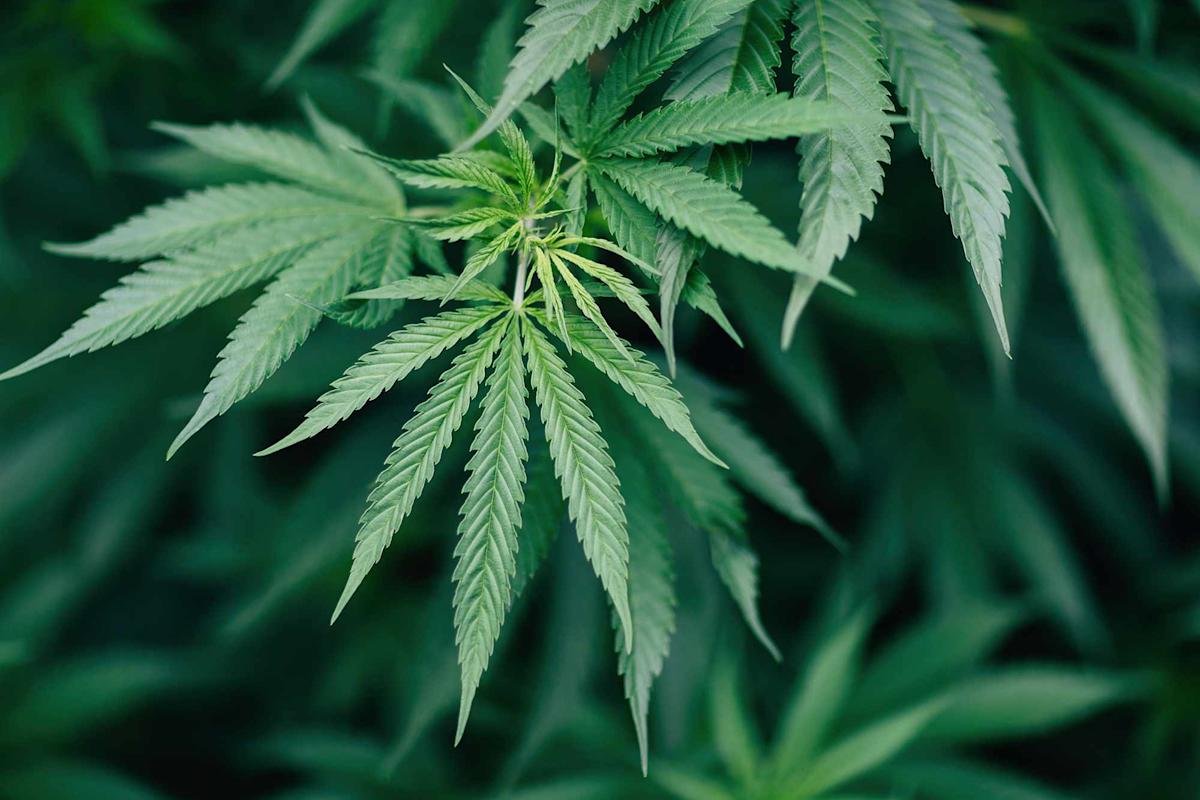A recent study from the American Medical Association (AMA) reveals that the legalization of marijuana in Canada has led to an increase in adult usage, while simultaneously reducing instances of problematic misuse. This research, published in JAMA Network Open, analyzed responses from 1,428 adults aged 18 to 65 over a five-year period, from September 2018 to October 2023.
Following Canada’s legalization of recreational marijuana in October 2018, the frequency of use among participants rose by an average of 0.35% per year, culminating in a total increase of 1.75% over the five years. Notably, those who consumed cannabis daily prior to legalization reduced their usage rates significantly more than those who used it weekly. In contrast, individuals who reported using marijuana once a month or less before legalization saw slight increases in their usage.
The study tracked misuse through the Cannabis Use Disorder Identification Test – Revised (CUDIT-R), showing an overall decline in problematic cannabis use. The most significant declines in misuse were observed during the early months of the COVID-19 pandemic, specifically from April to October 2020. Participants who had used cannabis infrequently before legalization reported marked reductions in their CUDIT-R scores. Conversely, those who had never used cannabis experienced a slight uptick in scores, indicating a minor increase in problematic habits among new users.
Interestingly, individuals who used cannabis weekly before legalization saw their average CUDIT-R scores drop below the validated cutoff for problem cannabis misuse, suggesting improved relationships with cannabis among regular users. The authors of the study propose that younger users may have contributed to this trend, as they often transition from problematic to nonproblematic use as they age.
The study also analyzed changes in product preferences. Over the five-year period, there was a notable drop in the use of traditional forms of cannabis, such as flower and concentrates, while consumption of edibles, beverages, and vape cartridges increased. The most significant rise was in the use of cannabis oil cartridges or disposable vape pens, which jumped from 18.4% pre-legalization to 33.0% five years later.
While the findings indicate both increased use and decreased misuse, the researchers acknowledged that the implications are mixed. The increase in usage rates could be seen as a public health concern, while the decrease in misuse presents a positive outcome. However, the researchers noted that the changes in CUDIT-R scores—which decreased by 0.4 points over the five years—might not be clinically significant.
As cannabis laws evolve, governments and health experts continue to monitor consumer behavior. In the U.S., a recent CDC report indicated that 15.3% of adults reported current cannabis use in 2022, with 7.9% using it daily. Among these users, smoking remained the most common method, while other consumption methods such as eating and vaping gained popularity.
The CDC also reported a decrease in cannabis use among high school students, contradicting fears that legalization would lead to increased youth consumption. A separate analysis from the Substance Abuse and Mental Health Services Administration (SAMHSA) indicated a slight decline in cannabis use among minors aged 12 to 20 in the past year.
Overall, the AMA study highlights the evolving landscape of cannabis usage following legalization in Canada. While adult usage rates have risen, the decline in misuse suggests a positive shift in how cannabis is consumed, with potential implications for public health and safety.


